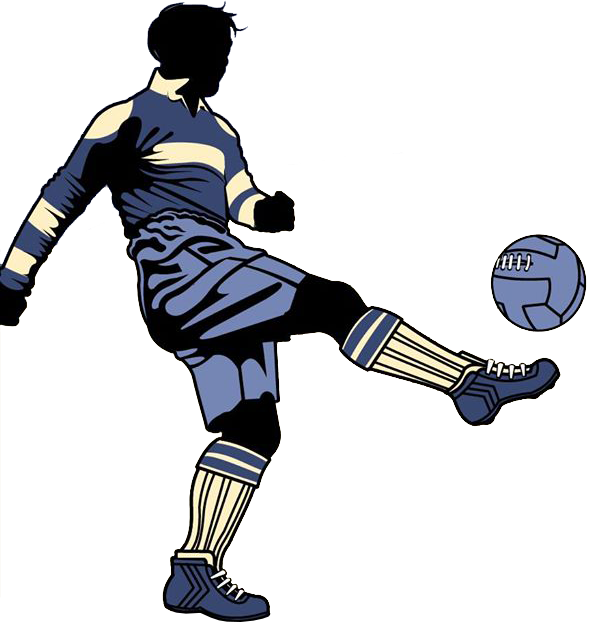Dutch football will forever be associated with orange and with the iconic lion crest; a lion upright and proud and ready to do battle. But do you know it's long history and how this football emblem came to a be such a powerful representation of Dutch national identity?
We all recognise the icon and we probably associate it with the late, great Johan Cruyff, but what is the history of the lion, consistently featuring since the Middle Ages, and how has it evolved over the years?
Let's go back a few thousand years to the 11th century when the lion was first adopted on the various individual coats of arms of the medieval Low Countries; Belgium was one of them plus the countries of the Netherlands.

Fast forward to the late 1500s and The House of Nassau, a prominent noble family in Holland, became associated with the symbol. Following the Eighty Years' War against Spanish rule, it went on to appear on the seal of the Union of Utrecht and the formation of the Republic of the Seven United Netherlands. The lion became a symbol of a united front of independence and was often featured holding arrows and a sword.
Until 1795 the Netherlands remained as a republic of these was a republic of these seven autonomous provinces. French occupation followed and the Dutch Republic was made into a modern unitary state. Along came Napoleon's brother, Louis and a new King of Holland was installed. The Netherlands regained its independence in 1813, and the first Constitution for the Kingdom of the Netherlands dates from 1814.
By the 1813 The Netherlands was independent again and, following the establishment of the Kingdom of the Netherlands in 1814, the royal coat of arms, and its sovereign lion, became standardised.
 Its prominence in Dutch heraldry naturally transitioned to a role in national sports and in particular football. The Royal Dutch Football Association (KNVB), was founded in 1889, and they immediately adopted the lion as part of its emblem. In those early days of simplicity in football design, the Netherlands football players, wore a very simple badge featuring the ‘rampant’ - meaning upright on hind legs - lion, and the initials KNVB
Its prominence in Dutch heraldry naturally transitioned to a role in national sports and in particular football. The Royal Dutch Football Association (KNVB), was founded in 1889, and they immediately adopted the lion as part of its emblem. In those early days of simplicity in football design, the Netherlands football players, wore a very simple badge featuring the ‘rampant’ - meaning upright on hind legs - lion, and the initials KNVB
As football grew in popularity, the lion crest became more than just an emblem for the team; it became a symbol of national pride. Its association with historical struggle and unity resonated with Dutch fans, making it an integral part of the team’s identity on the international stage.
By the 1970s the iconic footballing emblem became synonymous with Johan Cruyff and the rise of Total Football and over the years, the Dutch football badge has evolved to reflect contemporary design trends while retaining the lion as its core element. The lion has been rendered in various styles—from traditional heraldic designs to modern, streamlined interpretations—always showcased on the national colour of orange.
This legendary beast that adorns the Dutch football crest is more than a decorative element; it is a profound symbol of the Netherlands' historical struggle, unity, and royal heritage. From medieval heraldry to modern sports, the lion embodies the courage, strength, and national pride of the Dutch people. As the national football team continues to compete on the world stage, the lion crest remains a powerful emblem of the Netherlands' enduring spirit.
Find out more about the history of the football crests you love here

1 comment
Thank you for this. I am from Australia, but I have Dutch lines through my mother’s side. I appreciate the opportunity to learn something new about Dutch History and beliefs